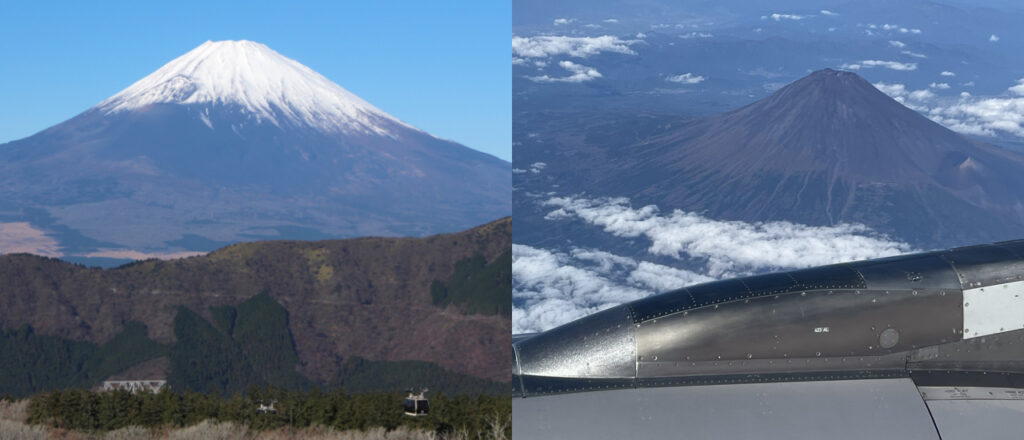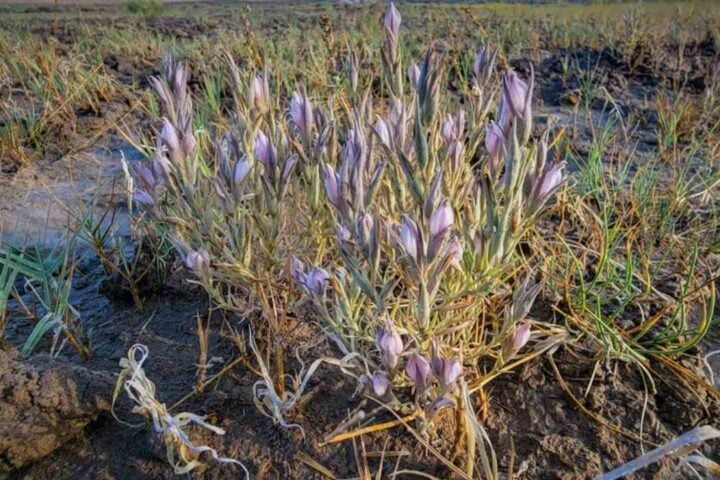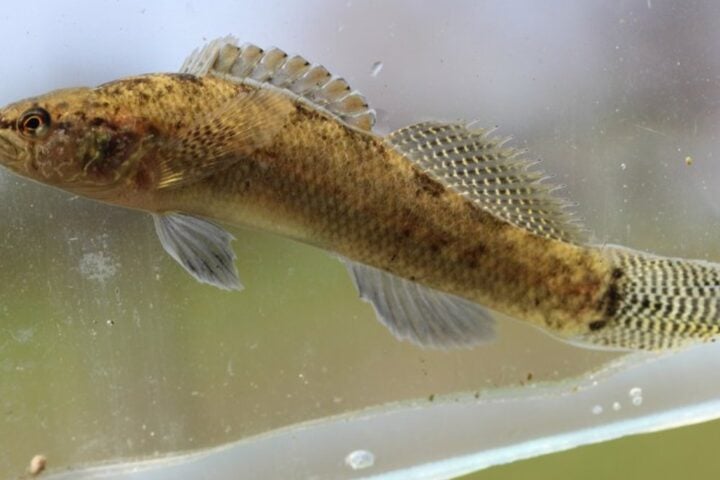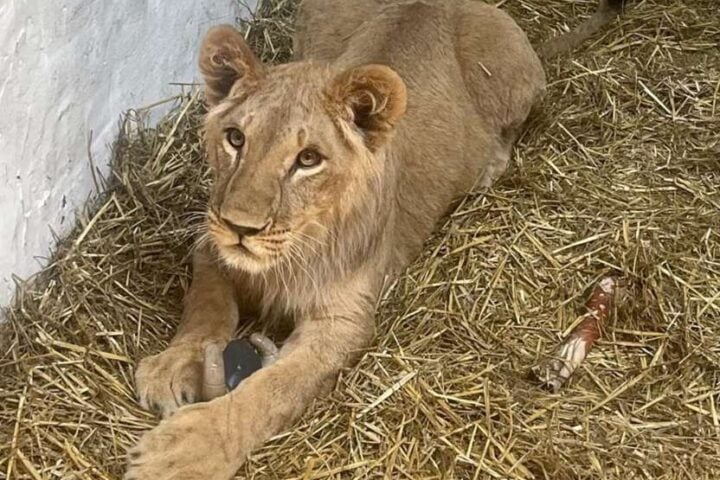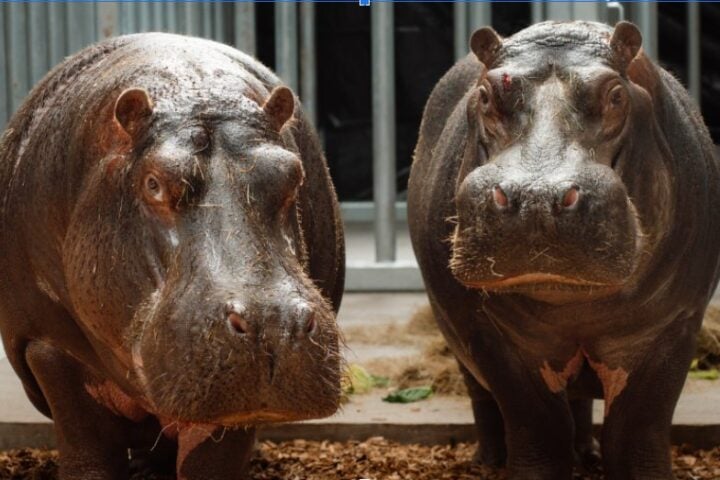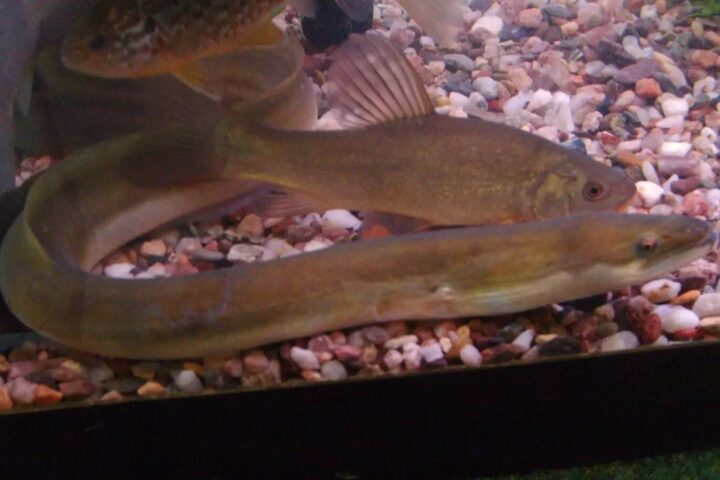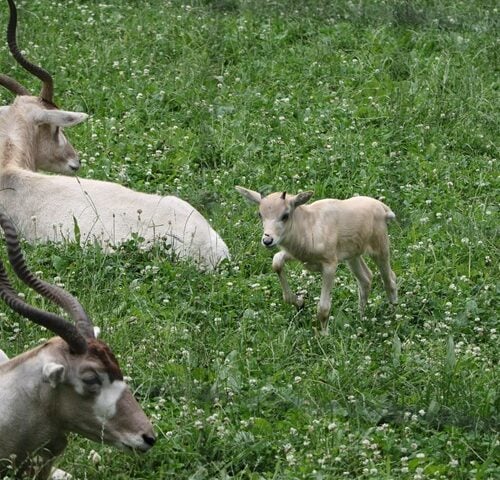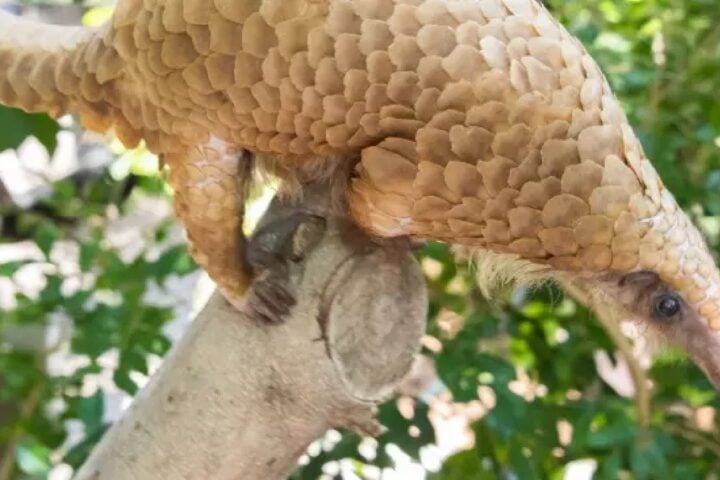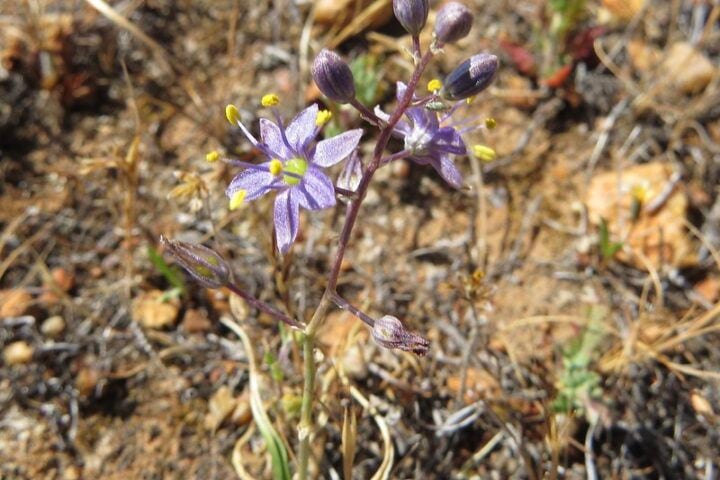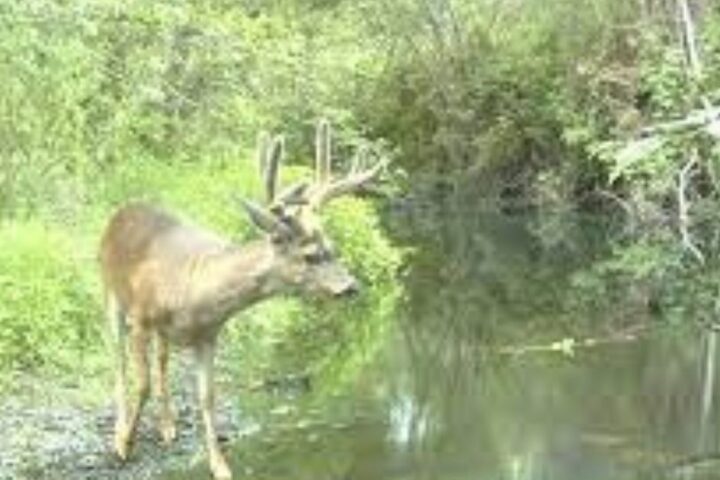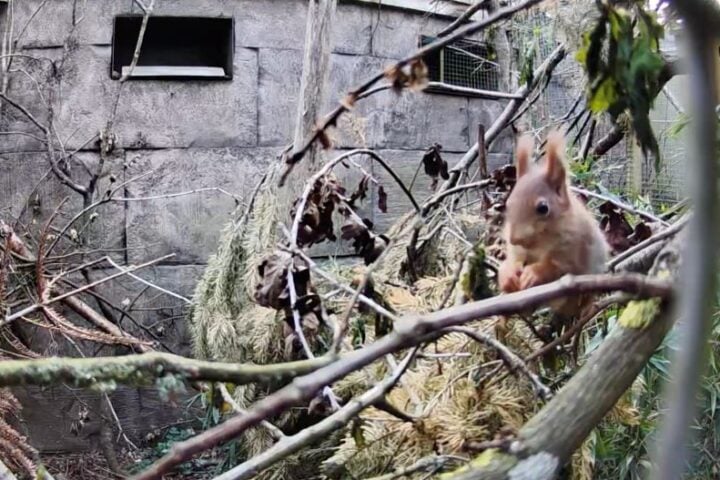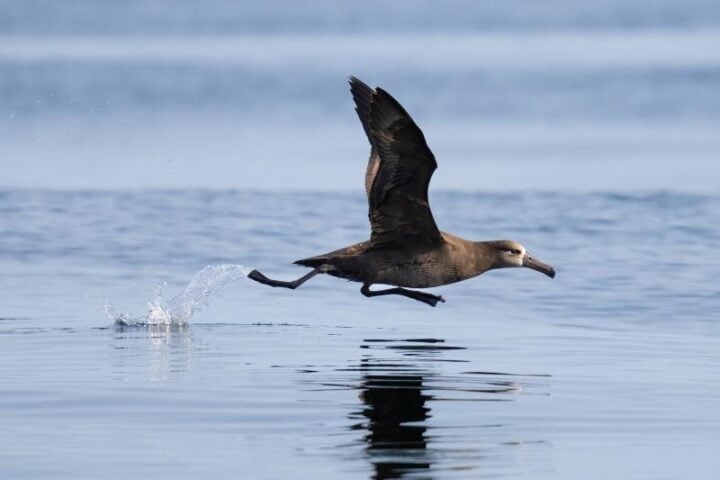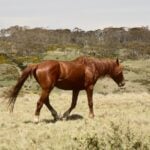Migratory shorebirds (from Latin limus, meaning ‘living in silt or mud’) are part of the Charadriiformes. They are a relatively diverse group of aquatic birds comprising the following families: Suborder Limicoli, Family Scolopacidae: sandpipers, snipes, dunlins, phalaropes, and related species.
Within the framework of COP16 on Biodiversity, a new update of the IUCN Red List has revealed a very concerning decline in migratory shorebird populations worldwide, with 16 species reclassified to higher threat categories. Global populations of some species have declined by more than a third in recent decades, with some cases showing accelerating rates of decline.
Specific Species Impact
The Dunlin (Calidris alpina), a small sandpiper with a striking black belly and rufous back in breeding plumage, has seen its population decrease by at least 20%, especially along American migratory routes, moving from ‘least concern’ to ‘near threatened’.
The Grey Plover (Pluvialis squatarola), known as Black-bellied Plover in America where up to 90% of the population lives, has declined by more than 30% due to habitat loss, degradation, disturbances, and hunting, moving from ‘least concern’ to ‘vulnerable’.
The Curlew Sandpiper (Calidris ferruginea), breeding in northern Siberia and wintering from West Africa to New Zealand, has declined by over 30% due to habitat loss, degradation, disturbances, hunting, and climate change, moving from ‘near threatened’ to ‘vulnerable’.
Other affected species include the, Killdeer, Marbled Godwit, Hudsonian Godwit, Ruddy Turnstone, Broad-billed Sandpiper, Stilt Sandpiper, Least Sandpiper, White-rumped Sandpiper, Buff-breasted Sandpiper, Short-billed Dowitcher, Long-billed Dowitcher, Lesser Yellowlegs.
Similar Posts
Conservation Implications
Birds serve as important indicators of nature’s state, being present almost everywhere, reflecting other species’ behavior and ecology, and showing sensitivity to environmental changes. With one in eight bird species at risk of extinction and 49% declining worldwide, this represents ecosystems in crisis. Many migratory birds follow specific migratory corridors, making them especially vulnerable to habitat loss and climate change.
The coastal areas these birds inhabit provide crucial services to millions of people, including food, jobs, and storm protection. The deterioration of migratory routes poses serious consequences for both birds and human communities dependent on these habitats.
COP16 Action Points
Environmental organizations are calling for governments to intensify urgent actions to reverse the decline and halt extinctions. This includes strengthening recovery efforts for threatened species, protecting and restoring more land, freshwater and sea areas, and transforming food, energy, and industrial systems with necessary funding. Key objectives include making climate change mitigation compatible with biodiversity conservation, achieving sustainable agri-food systems, and restoring habitats for proper ecosystem functioning.
We have five years left in this decisive decade, with COP16 being a crucial moment to drive action to halt and reverse nature loss by 2030. While nature loss can be reversed, extinctions cannot be undone, making immediate action crucial.

